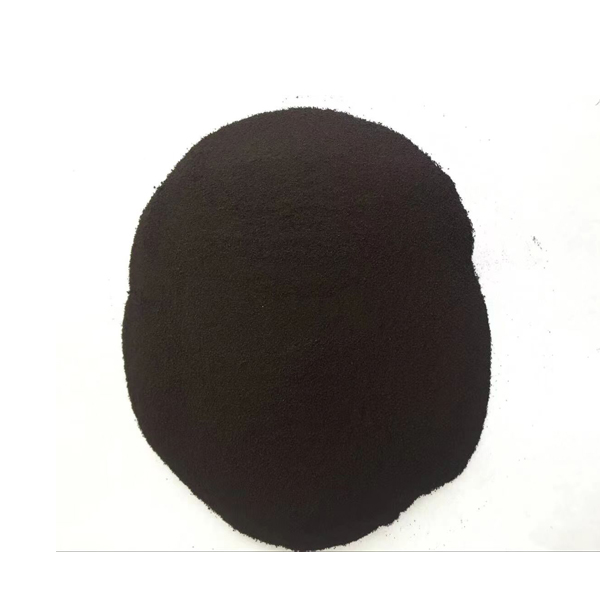
News
Nov . 22, 2024 02:28 Back to list
custom lithium chelating agent
Custom Lithium Chelating Agents Innovation in Lithium Extraction and Recovery
The demand for lithium has surged in recent years due to its pivotal role in the production of rechargeable batteries, particularly for electric vehicles (EVs) and portable electronics. As the world transitions towards more sustainable energy sources, the need for efficient lithium extraction and recovery methods has become paramount. One innovative approach in this domain is the development of custom lithium chelating agents, which promise to enhance the efficiency and selectivity of lithium recovery processes in various applications.
Understanding Chelating Agents
Chelating agents are chemical compounds that can form multiple bonds with a single metal ion. By using these agents, industries can effectively capture and separate metals from complex mixtures, enhancing recovery rates and reducing waste. Traditional methods of lithium extraction, such as evaporation of brine or hard rock mining, can be energy-intensive and environmentally disruptive. Custom lithium chelating agents offer a more sustainable alternative, allowing for selective lithium binding that minimizes the co-extraction of unwanted ions.
The Need for Customization
The complexity of lithium resources, including brines, minerals, and recycled batteries, necessitates the development of bespoke chelating agents tailored to specific extraction conditions and feed materials. Customization allows for finer control over the ligand design, targeting the unique chemical environments in which lithium is found. By optimizing the binding characteristics of these agents, researchers and engineers can significantly enhance lithium uptake and release, leading to more efficient recovery processes.
Designing Effective Lithium Chelating Agents
When designing custom lithium chelating agents, several factors must be considered
. These include the stability of the chelate formed, the selectivity for lithium over other cations (such as sodium, potassium, and magnesium), and the solubility of the chelating agent in various solvents or brine conditions. Researchers often employ structure-activity relationship (SAR) studies to fine-tune the chemical structures of potential chelators, ensuring high affinity and specificity for lithium ions.One promising avenue of research involves the use of biodegradable and eco-friendly ligands, which align with the growing emphasis on sustainability in the chemical industry. By utilizing natural or non-toxic materials in the chelating process, it is possible to mitigate the environmental impact often associated with traditional extraction methods.
Applications in Lithium Recovery
custom lithium chelating agent

Custom lithium chelating agents can be employed in several applications, including
1. Brine Extraction Lithium-rich brine sources present an opportunity for using chelating agents to selectively extract lithium while minimizing the extraction of contaminants. Custom agents can be formulated to operate effectively in high-salinity environments, enhancing lithium recovery from traditional brine deposits.
2. Recycling Technologies With the increasing volume of lithium-ion batteries reaching the end of their life, recycling has become critical. Custom chelating agents can facilitate the efficient separation and recovery of lithium from spent batteries, contributing to a circular economy and reducing reliance on virgin lithium sources.
3. Mineral Processing In hard rock mining, chelating agents can be used in conjunction with conventional methods to improve lithium yield and purity. Tailored agents can enhance the leaching processes, enabling more efficient extraction from spodumene and other lithium-containing minerals.
Challenges and Future Directions
Despite the promising potential of custom lithium chelating agents, several challenges remain. The economic feasibility of producing and deploying these agents at scale needs thorough evaluation. Furthermore, the long-term stability of chelates and their susceptibility to competing ions in complex matrices must be carefully studied.
Future research will likely focus on integrating advanced materials science and nanotechnology to develop next-generation chelating agents. These agents could integrate dynamic properties, allowing for real-time adjustments in binding affinity or selectivity based on the processing environment.
Conclusion
The development of custom lithium chelating agents represents a significant advancement in the field of lithium extraction and recycling. By enhancing the efficiency and selectivity of lithium recovery processes, these innovative compounds can play a crucial role in meeting the demands of a rapidly evolving energy landscape. As research continues and technology advances, the potential for custom chelating agents to contribute to a more sustainable lithium supply chain looks promising, paving the way for cleaner energy solutions in the future.
-
Polyaspartic Acid Salts in Agricultural Fertilizers: A Sustainable Solution
NewsJul.21,2025
-
OEM Chelating Agent Preservative Supplier & Manufacturer High-Quality Customized Solutions
NewsJul.08,2025
-
OEM Potassium Chelating Agent Manufacturer - Custom Potassium Oxalate & Citrate Solutions
NewsJul.08,2025
-
OEM Pentasodium DTPA Chelating Agent Supplier & Manufacturer High Purity & Cost-Effective Solutions
NewsJul.08,2025
-
High-Efficiency Chelated Trace Elements Fertilizer Bulk Supplier & Manufacturer Quotes
NewsJul.07,2025
-
High Quality K Formation for a Chelating Agent – Reliable Manufacturer & Supplier
NewsJul.07,2025
